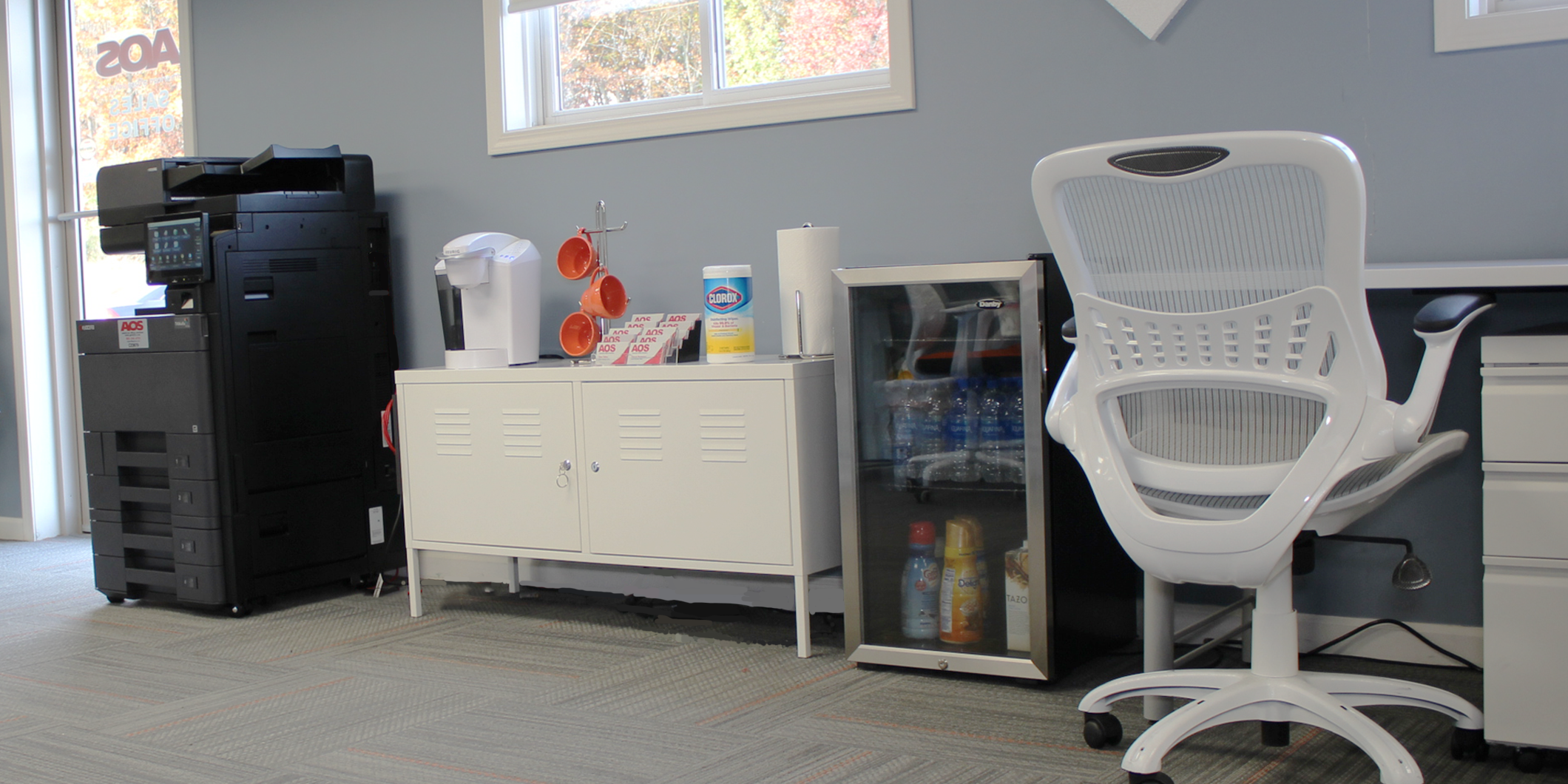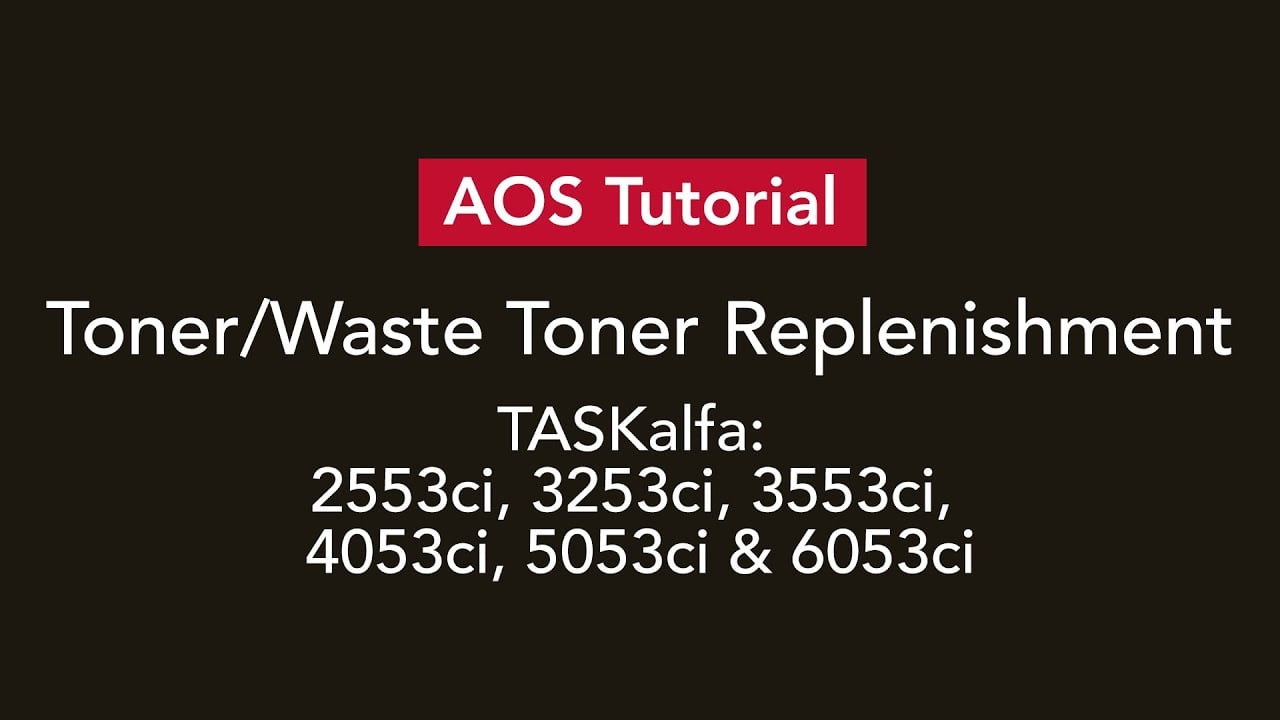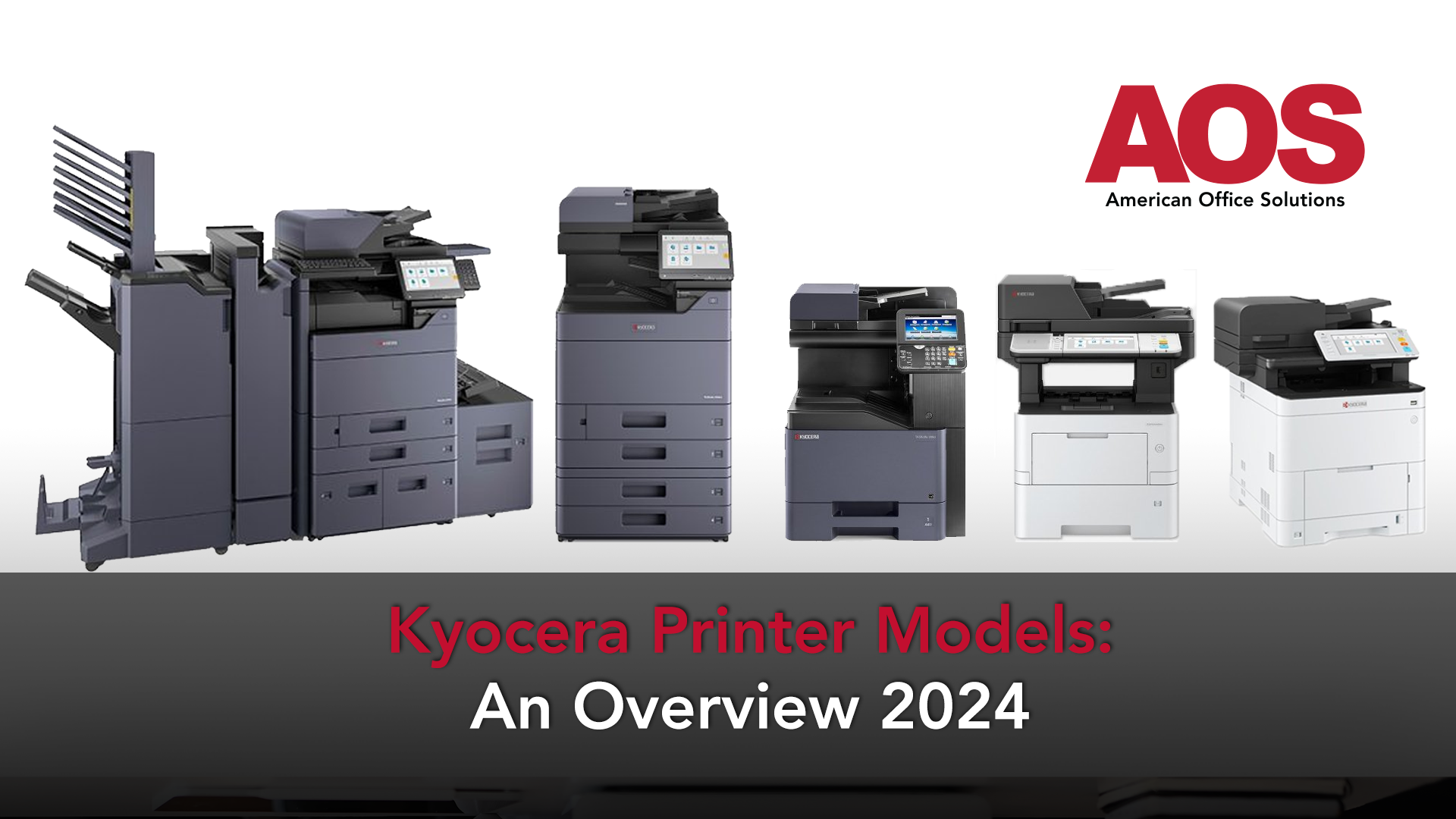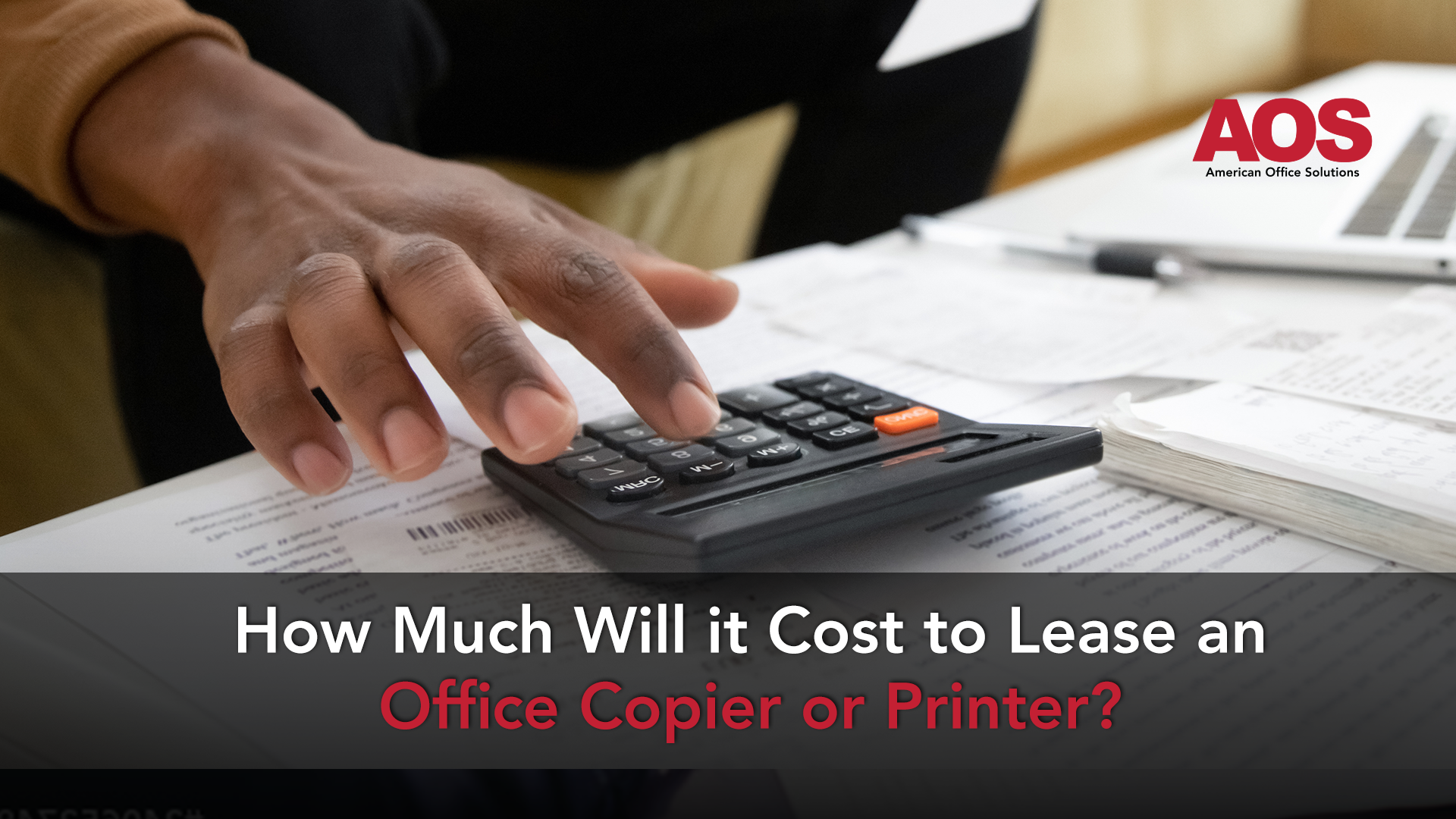
Discover how to select the perfect plotter for high-quality blueprint printing and streamline your construction projects with precision and efficiency.
Understanding Your Blueprint Printing Requirements
When it comes to printing blueprints in an office environment, it's essential to accurately assess your needs before selecting a device. Blueprints require precise line rendering, reliable media handling, and the ability to reproduce technical details with clarity. Unlike standard office documents, blueprints often include architectural, engineering, or construction schematics that demand a higher level of accuracy and consistency.
A plotter is the preferred device for blueprint printing due to its ability to handle large-format documents and produce crisp, detailed lines. If your business regularly works with technical drawings, design plans, or construction documentation, investing in a plotter ensures that your output meets industry standards for precision and readability.
Key Features To Look For In A Plotter
Choosing the right plotter for blueprint printing means focusing on features that support technical accuracy and office efficiency. Look for devices with high DPI (dots per inch) resolution to ensure sharp, precise lines, and reliable media handling to accommodate wide-format paper rolls up to 44 inches.
Other important features include network connectivity for seamless integration with your workflow, support for industry-standard file formats like PDF and CAD, and user-friendly interfaces for easy operation. In modern office environments, security features to protect sensitive project data and remote management capabilities can also be valuable.
Size Considerations
When it comes to blueprint and technical printing, most offices rarely need a plotter wider than 36 inches. Standard architectural and engineering documents typically use ANSI D (24×36") or occasionally ANSI E (36×48") sheets. A 24–36-inch plotter easily handles these sizes, making it a practical choice for everyday printing needs.
Investing in a plotter larger than 36 inches is usually unnecessary. These larger devices are more expensive, take up extra space, and offer little advantage unless your projects regularly demand extremely large single-sheet prints, oversized maps, or complex engineering schematics. The only time a plotter over 36 inches may be preferred is if your marketing department plans on using it for banners or ads.
By choosing a plotter that matches your typical document sizes, you can save space, reduce costs, and ensure efficient workflow, while still having the flexibility to handle larger prints when necessary.
Color Considerations
Some plotters use more than the standard CMYK found in most copiers. For example, Epson’s SureColor series includes additional colors such as MK (Matte Black), PK (Photo Black), and R (Red). While these expanded color options can make photos and graphics truly stand out, they’re often unnecessary if you’re primarily printing blueprints. The extra inks are designed for high-end graphics, large banners, and marketing materials that demand precise color accuracy. For standard architectural or engineering drawings, standard black ink is typically sufficient and helps keep both equipment and supply costs lower.
Comparing Popular Plotter Brands And Models
When it comes to blueprint and large-format printing, offices have plenty of options. HP’s DesignJet and Canon’s imagePROGRAF series are solid choices, but Epson’s SureColor T-Series really stands out for offices looking for reliable, precise, and cost-effective printing. Epson printers use PrecisionCore® technology, which ensures sharp lines, vibrant colors, and consistent results, exactly what architects, engineers, and designers need for detailed drawings.
Partner with a Local Copier Company
Working with a local copier and print solutions provider can streamline your blueprint printing operations. A trusted partner can assess your needs, recommend the best plotter for your workflow, and provide ongoing service, maintenance, and supply management.
Companies like American Office Solutions (AOS) offer managed print services, flexible leasing or purchase options, and comprehensive support to keep your equipment running smoothly. Local expertise ensures fast response times, proactive maintenance, and the ability to tailor solutions to your business's unique requirements.







